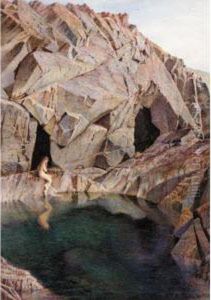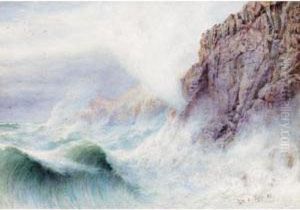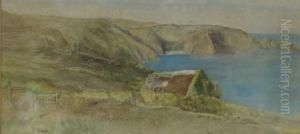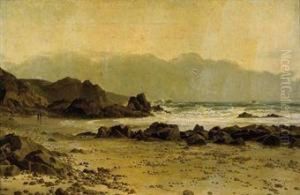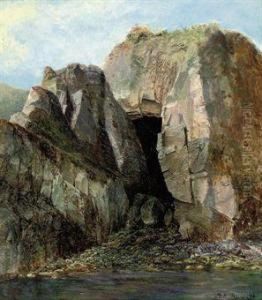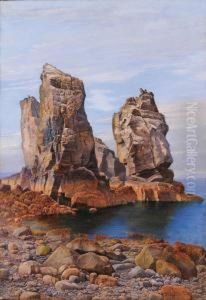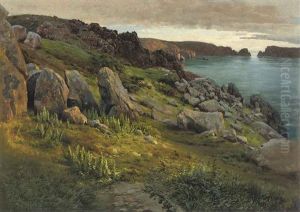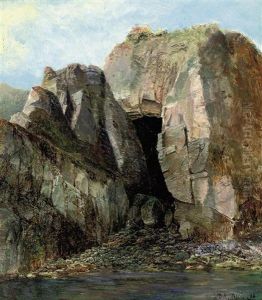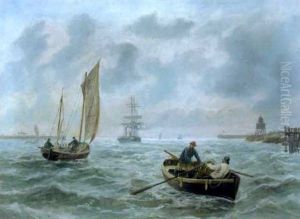William A. Toplis Paintings
William A. Toplis was an English artist known for his landscape paintings, born in 1857 in Mansfield, Nottinghamshire, England, and died in 1942. His life spanned a period of significant change in the British art world, from the Victorian era through the tumultuous years of World War I and into the early 20th century. Despite the transformations in art styles and tastes over these years, Toplis maintained a steadfast commitment to the traditional landscape genre, capturing the serene beauty of the English countryside as well as scenes from his travels abroad.
Toplis's early life and education in art remain somewhat obscure, but it is known that he developed a keen interest in painting from a young age. Although not as widely recognized as some of his contemporaries, his work was appreciated for its detailed realism and sensitivity to light and atmosphere, qualities that endeared him to collectors and the art-viewing public of his time. His technique and style were influenced by the prevailing trends of the late 19th century, particularly the detailed work of the Pre-Raphaelites and the landscape painters of the Norwich School.
Throughout his career, Toplis exhibited at various prestigious venues, including the Royal Academy in London, though he never became a member of this esteemed institution. His works were also shown at the Royal Society of British Artists and the Walker Art Gallery in Liverpool, among others. Despite a modest level of commercial success and critical recognition during his lifetime, Toplis did not achieve the lasting fame of some of his peers. His paintings, however, continue to be appreciated for their craftsmanship and serene beauty, and they can be found in private collections and occasionally appear at auction.
William A. Toplis's art captures a timeless England, offering a window into the rural and pastoral scenes that have long since changed or vanished. His dedication to landscape painting, at a time when the art world was increasingly embracing modernism and abstraction, underscores a career marked by personal artistic conviction and a deep love for the natural world.
